The 10th Infantry Division was created in October 1934 under the cover name Wehrgauleitung Regensburg to hide its violation of the Treaty of Versailles. It was renamed the 10th Infantry Division when the establishment of the Wehrmacht was announced publicly in October 1935.
The 1st Infantry Division was an infantry division that notably served in World War II as part of the Heer of Nazi Germany's Wehrmacht. It had been one of the original infantry divisions of the Reichswehr.

The German 23rd Infantry Division, later the 26th Panzer Division, was a military unit operational during World War II. It was organized along standard lines for a German infantry division. It was non-motorised and relied on horse-drawn wagons for its mobility. The unit carried the nickname Grenadierkopf.

Eduard Wohlrat Christian Dietl was a German general during World War II who commanded the 20th Mountain Army. He received the Knight's Cross of the Iron Cross with Oak Leaves and Swords.

The 1st Mountain Division was an elite formation of the German Wehrmacht during World War II, and is remembered for its involvement in multiple large-scale war crimes. It was created on 9 April 1938 in Garmisch Partenkirchen from the Mountain Brigade which was itself formed on 1 June 1935.
German Division Nr. 188 was raised in late 1939. It consisted of the 136th, 138th and 139th Mountain Replacement Regiments and the 112th Artillery Replacement Regiment, plus supporting units. It began the war on border guard duty in the mountainous region between Austria and Yugoslavia with the primary mission of training reservists and replacements for the regular mountain divisions. In the spring of 1941 it joined the invasion of Yugoslavia, with the three mountain regiments given responsibility of seizing control of Carniola and Carinthia on the Yugoslav side of the border, which they carried out quickly and effectively against little to no resistance.
The 4th Mountain Division was a mountain infantry division of the Heer, the army of the Wehrmacht of Nazi Germany during World War II. The division was active between October 1940 and May 1940 and participated in the Balkans campaign as well as on the Eastern Front.

The German 5th Infantry Division was formed in October 1934 and mobilized on 25 August 1939. The division's troops were garrisoned in Konstanz, Ulm, and Freiburg. When formed, the division consisted of the 1st, 2nd, and 3rd battalions of the 14th, 56th, and 75th Infantry Regiments, the 1st, 2nd, and 3rd Battalions of the 5th Artillery Regiment, the 1st battalion of the 41st Artillery Regiment, and assorted 5th Division support units.
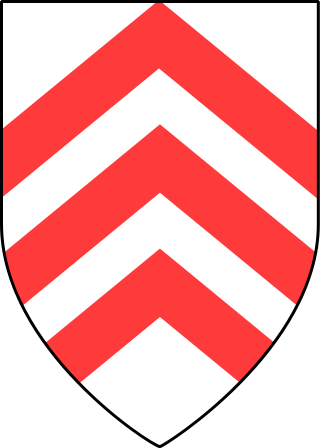
The 6th Infantry Division was a unit of the German Army during World War II.

Army Group E was a German Army Group active during World War II.
The 21st Infantry Division was a German military unit which fought during World War II.
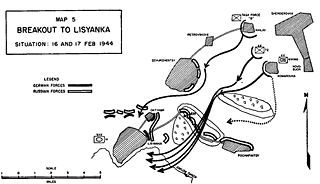
The 72nd Infantry Division was formed on 19 September 1939 in Trier from Grenz-Division Trier, a border security unit.

The German 8th Infantry Division was formed in Oppeln on 1 October 1934 under the cover name Artillerieführer III which was used until 15 October 1935. It was mobilized in August 1939 and took part in the Invasion of Poland, the Battle of France and Operation Barbarossa, the invasion of the Soviet Union. On 1 December 1941, it was reorganized and redesignated 8th Light Infantry Division. It was again redesignated on 30 June 1942 as the 8th Jäger Division. It surrendered to the Red Army in Moravia in May 1945.
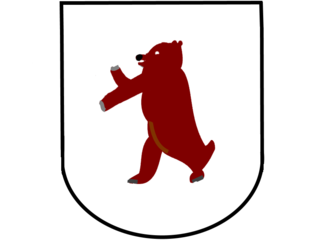
The 68th Infantry Division was a formation of the German army during World War II. It was formed in 1939 and was initially committed to the German invasion of Poland. It took part in the Battle of France in 1940, and then Operation Barbarossa in 1941 as part of Army Group South. The 68th remained in southern Russia until refitted in Poland in early 1944. Returned to action the 68th fought for rest of the war in the East, in Russia, Slovakia, in the defence of Germany until finally surrendering to the Soviets in Czechoslovakia.
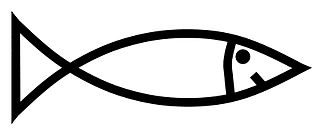
The 35th Infantry Division was a German Army infantry division in World War II.
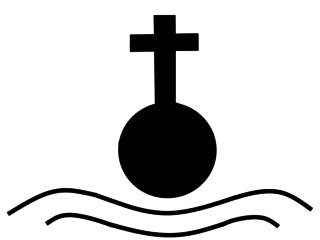
The 214th Infantry Division was a German division in World War II. It was formed on 26 August 1939.
XXXXIX Mountain Corps was a mountain warfare corps of the German Army during World War II.
X Army Corps was a corps in the German Army during World War II. It was formed in mid-May 1935 from the Cavalry Division.
XIII Army Corps was a corps of the German Army during World War II. Made up of several divisions, which varied from time to time, it was formed in Nuremberg on 1 October 1937.

The 339th Infantry Division was a German military unit which fought during World War II.











